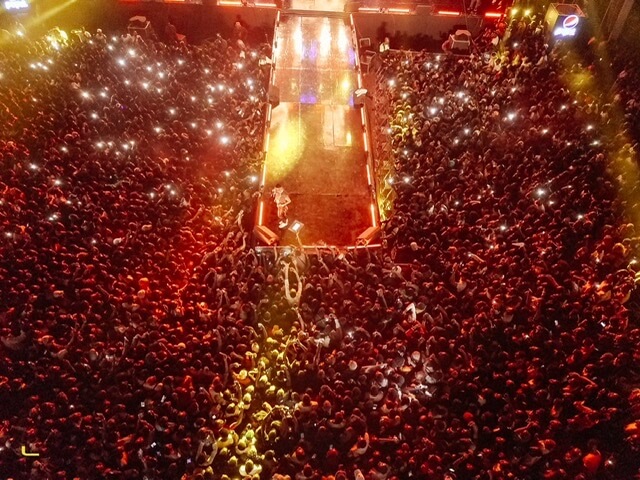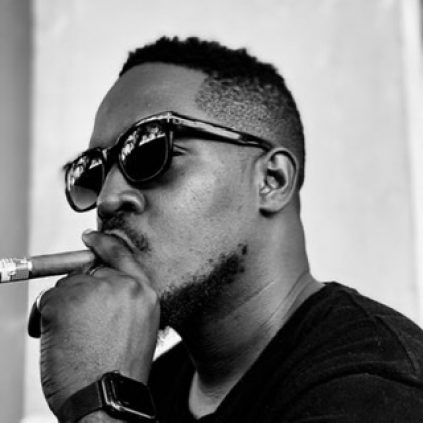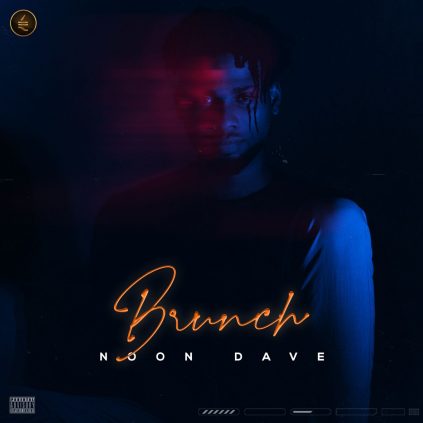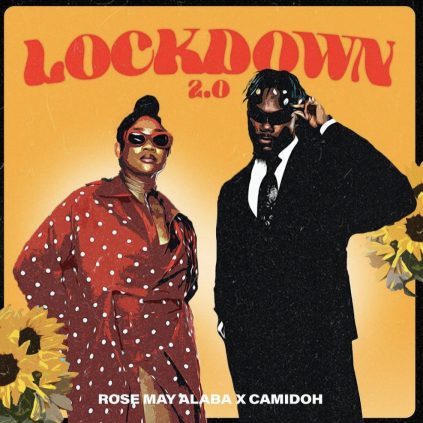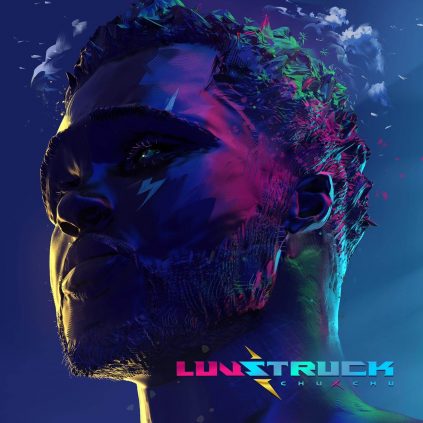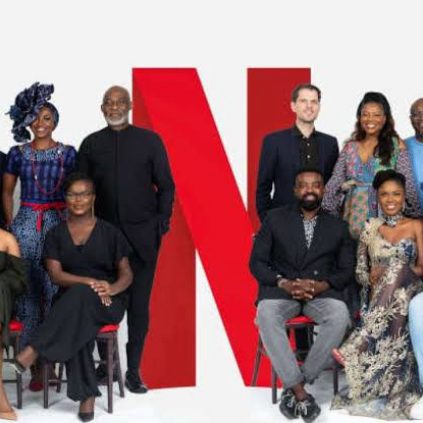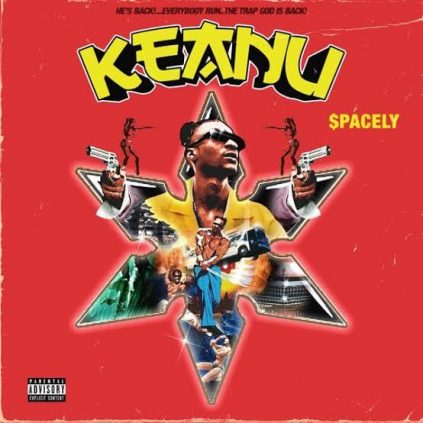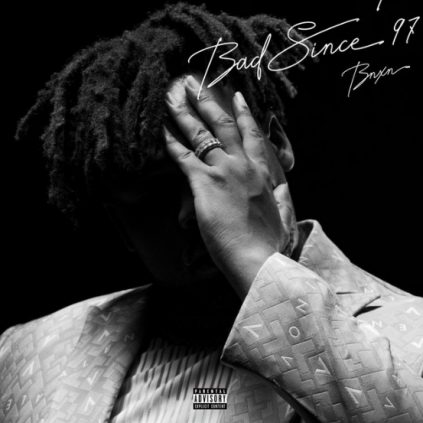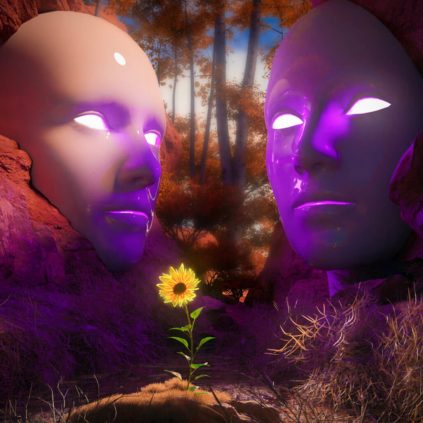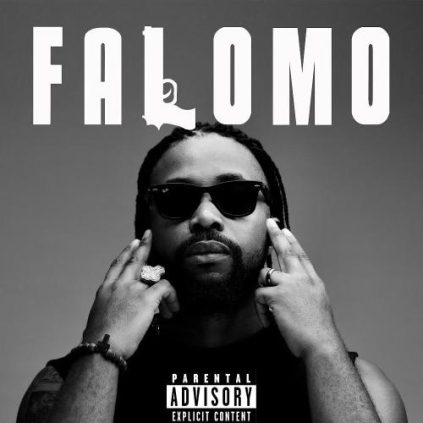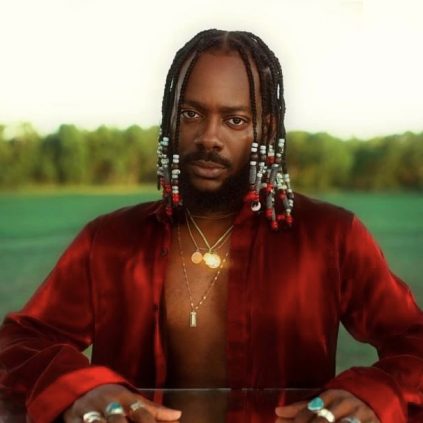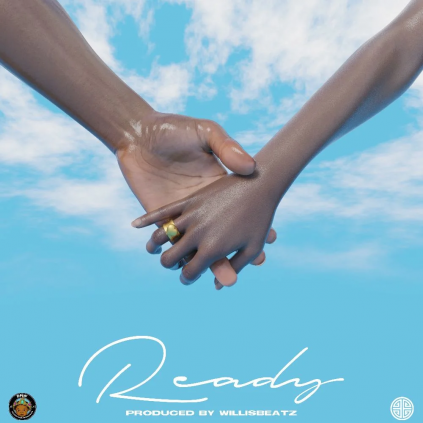Staying at home may have become the new normal. However, it is undeniable that social media has made us even closer to the things we love. Sometimes, this love morphs into something else. Over the past year, the streets of Twitter and Instagram have seen the best and worst of Nigeria’s stan culture. Like houses in Harry Potter or factions in the Divergent Series, the biggest Nigerian celebrities have firmly established fanbases populated by some of the most “extraordinary” stans ever known to man.
It must be noted that most fanbases are centred around A-list artistes, predominantly of the Afrobeats genre. Wizkid FC, Marlians, 30 Billion Gang (30BG for short) and Titans are arguably the most renowned fanbases, centred around Wizkid, Naira Marley, Davido and Big Brother alum Tacha, respectively. Most Burna Boy stans parade the umbrella name, Outsiders (culled from the title of his 2018 studio album, Outside). However, that tag is probably not as ingrained as the four mentioned earlier.
Stans of each fanbase are most popular for trending their artistes out of the blue, posting random statistics that elevate their respective G.O.A.T above his or her closest competitors, reposting photos of their G.O.A.T and sadly, taking shots at members of ‘opposing’ factions with little or no provocation.
The surfacing of mainstream stan culture in Nigeria owes a lot to the steady rise of the Afrobeats/Afro-Pop genre of music. This genre reached a different level in the mid-to-late-2010s after the biggest artistes broke new ground and set amazing records. They also managed to be controversial enough along the way.
While many believe that collaboration should be prioritised over competition to advance the culture (in response to the daily needless battles that ensue between members of the various fanbases). Others strongly believe the incitement of competitive vibes is what artistes and celebrities need to stay on their toes. As a result, Wizkid FC must always sub 30BG and so on.
Ironically, the current order is a far cry from the late 90s and early 2000s, when the “establishment” reigned supreme with Kennis Music dominating the Nigerian music scene. 2Face Idibia (as he then was) being the flagship artiste and the face of the record label. Of course, the contraption was dismantled and the perceived Kennis monopoly came to an end.
Thereafter, 2Face Idibia, P-Square, D’Banj and Wande Coal bodied the 2000s and parts of the 2010s. Onwards, we began to see a new era emerge with artistes like Wizkid, Davido, Olamide and Burna Boy taking centre stage.
Perhaps, if social media and end-of-the-year concerts were as rampant in the 2000s as they are now, maybe stan culture in Nigeria would be more ruthless now. Numbers (streams, YouTube views) have made it easier to tell who’s popping and who isn’t. Throw in the competitiveness that drives most creatives and watch a stan culture emerge organically.
This combo of creativity, numbers and competitiveness is becoming very commonplace. One only has to look at the streaming numbers or projects like Fireboy’s LTG, Oxlade’s Oxygene, Joeboy’s Love & Light or any of Rema’s EPs to see that a new guard is emerging. Here’s the wow factor, the current leaders of the culture didn’t have the numbers— all the had at inception was creativity and competitiveness. However, somewhere along the journey, numbers made them more appealing. This new guard that’s being incubated is about to birth the biggest expression of Stan culture Nigeria has ever seen. In much simpler terms, Nigerian stan culture is eons away from demise.

